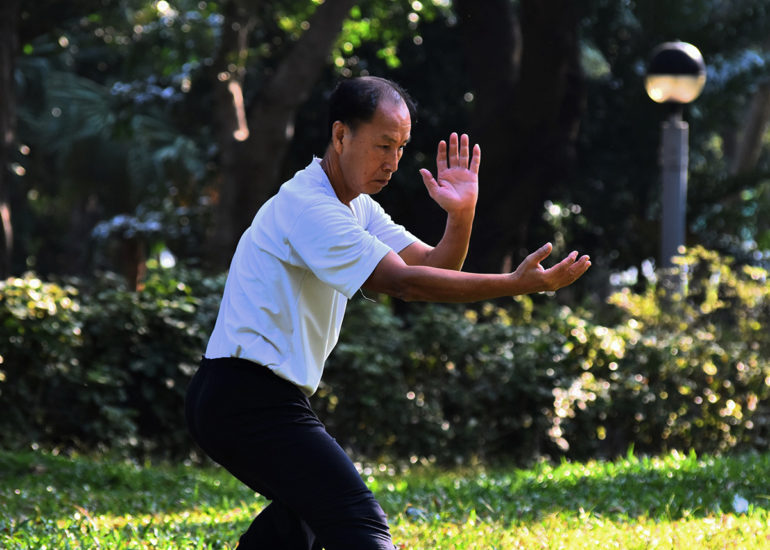Move.
Every doctor will tell you that, in general, the more you move, the better. This comes with particular benefits as we age.
According to a study published in the journal BioMed Research International, physical activity is a “protective factor for noncommunicable diseases such as cardiovascular disease, stroke, diabetes, and some types of cancer and … is associated with improved mental health, delay in the onset of dementia, and improved quality of life and wellbeing.”
In addition, the article states, higher levels and greater frequency of physical activity are strongly associated with reduced risks and improved health.
In other words: Move more, feel better.
But how, and how much? Here are some answers to commonly asked questions related to physical activity for seniors:
Do I have to break a sweat to reap the benefits of movement?
No. While greater health benefits can be seen from activities that are physically taxing, simple activities such as stretching, practicing yoga and walking have been shown to carry significant benefit.

How much should I move per day?
The recommended level of activity for older adults is 150 minutes per week, or about 25 minutes per day.
A study from Italy, published in 2022 by the journal Heart, found that 20 minutes of daily physical activity “could be the sweet spot for avoiding cardiovascular problems in your 70s.” According to the study, people who engaged in moderate or vigorous activity for 20 and 40 minutes per day (brisk walking, gardening, working out in a gym, biking, dancing, swimming, etc.) “had fewer heart attacks and cardiovascular problems and a lower risk of premature death” than people who weren’t physically active.
What kind of activities should I do?
Anything that gets you moving has benefit. Tai chi, for example, according to Harvard Medical School, is a form of slow and gentle exercise that “can help maintain strength, flexibility, and balance, and could be the perfect activity for the rest of your life.” The exercise, according to Harvard, can aid in improving muscle strength, flexibility, balance and aerobic conditioning.
How do I get started?
Start wherever you are, increasing your activity in small and measured amounts. Pick any activity that you can do consistently.
Some ideas:
- Take a walk around the block.
- Step outside and spend 10 minutes weeding your garden.
- Walk to the mailbox.
- Do simple at-home exercises. If getting up and around is difficult, try these seated arm, leg and whole-body exercises. If you are a little more mobile, AARP has a list of 10-minute yoga and strength videos that can provide motivation.
- If you are rehabbing from an injury or surgery, CHCC’s team can help restore lost movement and function while providing pain relief and improved balance.
Every little bit of movement makes a difference. All you have to do is pick something and get started.

